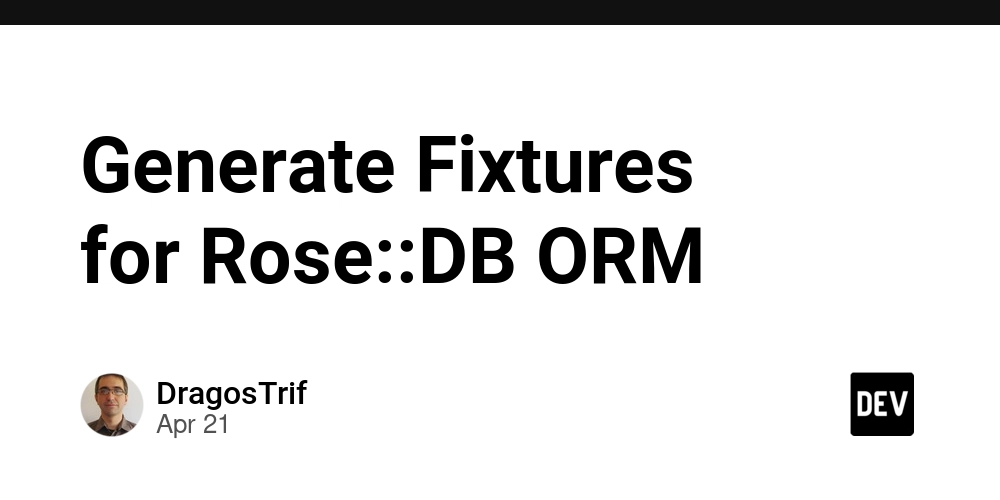Executives are drowning. Blame the vanishing middle management layer
Senior executives are feeling overwhelmed as they absorb more direct reports and tasks once held by middle management.

The vanishing glue
Middle managers are more than a structural layer. They’re the connective tissue in an organization, translating strategy into action, aligning teams, and serving as cultural anchors. When they disappear, clarity often vanishes with them. Korn Ferry’s data reveals that 43% of employees believe their leaders aren’t aligned, while 37% feel directionless.
Talent development also suffers when cohesion tanks.
“The most effective leadership development is on the job,” says Amato. “It's a combination of first designing jobs that are doable so people can be successful in them, not overwhelmed by them, and then finding those interesting career paths that help people to be more well-rounded.”
But as senior leaders take on more work due to the absence of middle managers, other efforts like skills-building, mentorship, and career progression for more junior employees take a backseat.
As a result, high performers, lacking guidance and growth, are more likely to exit. In fact, 80% of employees say they’d stay at a company because they trust their manager.
Leaders who don’t have the bandwidth to motivate and engage their direct reports also miss out on an opportunity to make a bottom-line impact. Korn Ferry found that highly engaged, motivated workforces generate twice the revenue growth of their least engaged peers. That engagement starts with managers who have the time and clarity to lead.
The new leadership mandate
To stay competitive, companies must rethink how leadership is structured and supported, says Amato. While cutting bureaucracy is commendable, eliminating those who turn vision into reality is a risky tradeoff.
“Before you jump to solutions, whether it's cutting or anything else, you have to diagnose your own organization,” Amato says. That means using data to evaluate workflows, spot pressure points, and understand where leadership is overstretched.
For organizations that may have cut too deep, reintroducing layers isn’t the fix.
Instead, the focus should be on redesigning leadership roles to ensure that executives can maintain strategic altitude, redistributing workload, and creating career pathways to retain top talent.
The message is clear, says Amato. Without the middle, the top can’t lead—and the bottom won’t follow.
In the race to become leaner, faster, and more innovative, many companies have eliminated layers of middle management. But while flatter structures may look efficient on paper, a hidden cost is quickly surfacing right at the top of the org chart.
According to Korn Ferry’s 2025 Workforce Survey, 41% of employees say their organizations have trimmed management layers. In turn, senior executives are absorbing more direct reports, juggling operational tasks once handled by managers, and losing critical time for strategic focus. Nearly half now question their ability to fulfill their responsibilities—a figure that exceeds even the 40% of CEOs who report similar doubts.
The logic behind flattening is often sound: reduce costs, accelerate decision-making, and eliminate red tape. And when excited with care, it can unlock real gains. But as Korn Ferry senior client partner Maria Amato warns, cutting middle management without proper scaffolding leaves executives overwhelmed and employees adrift.
The vanishing glue
Middle managers are more than a structural layer. They’re the connective tissue in an organization, translating strategy into action, aligning teams, and serving as cultural anchors. When they disappear, clarity often vanishes with them. Korn Ferry’s data reveals that 43% of employees believe their leaders aren’t aligned, while 37% feel directionless.
Talent development also suffers when cohesion tanks.
“The most effective leadership development is on the job,” says Amato. “It's a combination of first designing jobs that are doable so people can be successful in them, not overwhelmed by them, and then finding those interesting career paths that help people to be more well-rounded.”
But as senior leaders take on more work due to the absence of middle managers, other efforts like skills-building, mentorship, and career progression for more junior employees take a backseat.
As a result, high performers, lacking guidance and growth, are more likely to exit. In fact, 80% of employees say they’d stay at a company because they trust their manager.
Leaders who don’t have the bandwidth to motivate and engage their direct reports also miss out on an opportunity to make a bottom-line impact. Korn Ferry found that highly engaged, motivated workforces generate twice the revenue growth of their least engaged peers. That engagement starts with managers who have the time and clarity to lead.
The new leadership mandate
To stay competitive, companies must rethink how leadership is structured and supported, says Amato. While cutting bureaucracy is commendable, eliminating those who turn vision into reality is a risky tradeoff.
“Before you jump to solutions, whether it's cutting or anything else, you have to diagnose your own organization,” Amato says. That means using data to evaluate workflows, spot pressure points, and understand where leadership is overstretched.
For organizations that may have cut too deep, reintroducing layers isn’t the fix.
Instead, the focus should be on redesigning leadership roles to ensure that executives can maintain strategic altitude, redistributing workload, and creating career pathways to retain top talent.
The message is clear, says Amato. Without the middle, the top can’t lead—and the bottom won’t follow.
This story was originally featured on Fortune.com







































































